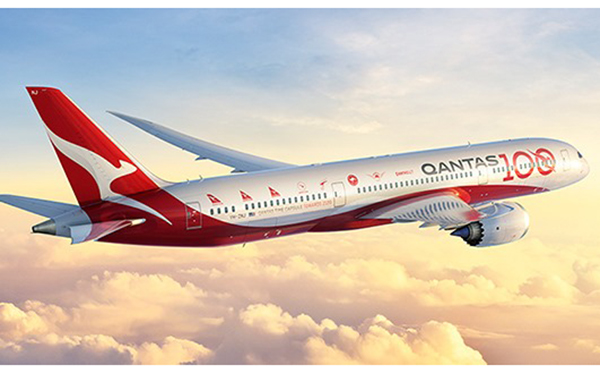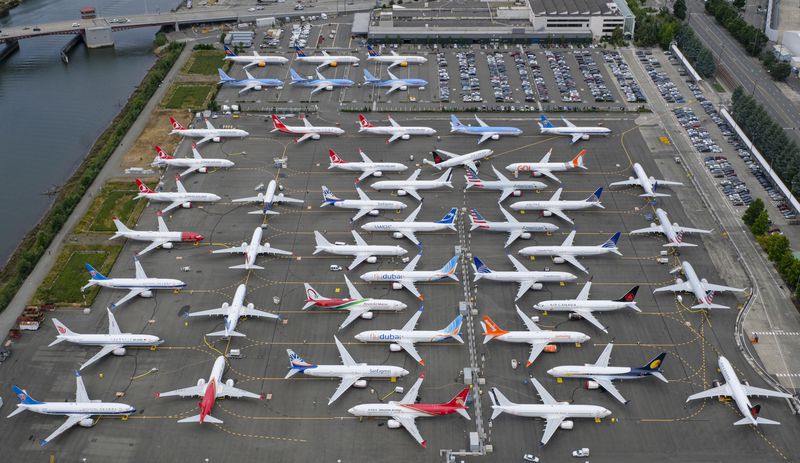- Five-Star Resort Returns With Full Array of Luxury Amenities and Industry-Leading Health & Safety Plan
LAS VEGAS, May 27, 2020 /PRNewswire/ — Wynn Las Vegas (Nasdaq: WYNN) announced today a reopening date of Thursday, June 4, under phase two of the Nevada United: Roadmap to Recovery plan from Governor Steve Sisolak. As the largest five-star resort in the world, Wynn Las Vegas plans to offer guests a complete Las Vegas experience by opening every amenity and outlet available. Both hotel towers and the casino as well as all restaurants will reopen on June 4, followed by the resort’s newest restaurant, Elio, later in the month. Every effort has been made to present Wynn’s complete luxury experience and provide guests with the peace of mind needed to enjoy a fun and relaxing return.
In preparation, the Company has created a comprehensive new Health & Safety Plan that is now considered the gold standard in the hospitality industry.
“We are ready to provide our guests with a full Las Vegas experience with a collection of luxury amenities and unmatched service,” said Wynn Resorts CEO Matt Maddox. “At the same time, our extensive Health & Safety Plan, validated by the nation’s leading public health experts, will enable a safe environment for our guests. The entire Wynn team is looking forward to welcoming our guests back.”

Wynn will reopen withthe full Las Vegas experience guests expect and deserve, with everything conveniently and safely available under one roof, allowing for the perfect getaway. From lounging by pristine pools to lively late-night betting – and most everything in between – the very best of Wynn’s renowned glamour, excitement, and luxury will be available, including:
- Both Wynn and Encore hotel towers
- Two 24-hour casinos with a variety of table games and slots as well as the Race & Sports Book
- The resort’s full portfolio of fine-dining restaurants, lounges, and casual eateries, several with outdoor seating on open verandas and patios
- Expansive resort pools with private cabanas
- Wynn’s 18-hole championship golf course
- Nightly entertainment at the Lake of Dreams
- Three retail esplanades
- Full-service beauty salons, barber shop, spa treatments and fitness centers
In addition, several thoughtful new measures in social distancing, touchless technologies, and cleaning protocols have been incorporated throughout the resort in a clear and transparent effort to protect the well-being of all guests. Most notable among the enhancements are:
- Non-invasive thermal temperature checks and face coverings provided at all entrances
- Automatic hand sanitizer stations, UV Technology, and electrostatic sprayers will be utilized throughout the resort
- Sealed guest rooms after meticulous sanitization by Wynn’s professional housekeeping staff
- Amenity kits including sanitizing wipes, hand sanitizer, and face coverings in each guest room
- Dedicated team of cleaning professionals sanitizing public guest areas 24 hours a day
Wynn employees are required to wear face coverings at all times, and most importantly, have all been tested for COVID-19 before returning to work.
The Wynn Resorts Health & Safety Plan was created in consultation with leading public health medical professionals from Georgetown and Johns Hopkins Universities in addition to recommendations from the U.S. Centers for Disease Control and Prevention (CDC), the Southern Nevada Health District (SNHD) and the Gaming Control Board (GCB). The full plan can be viewed on www.wynnlasvegas.com.






